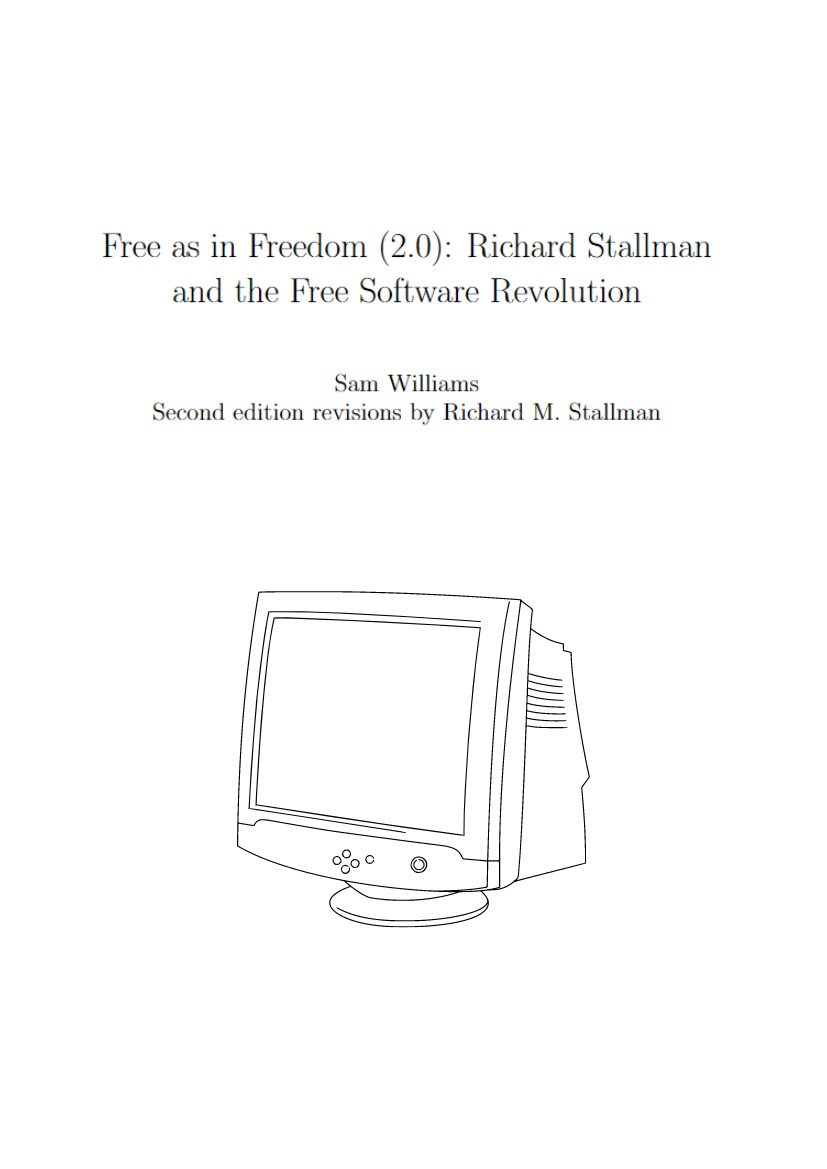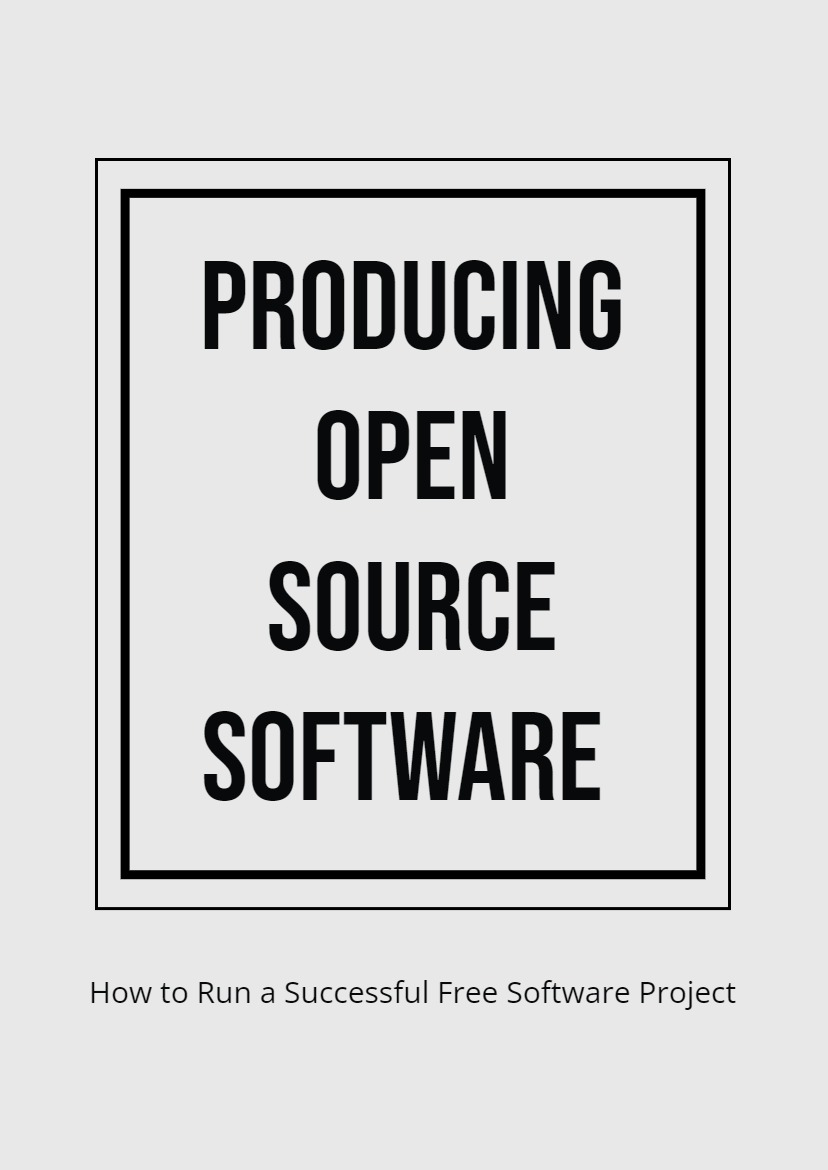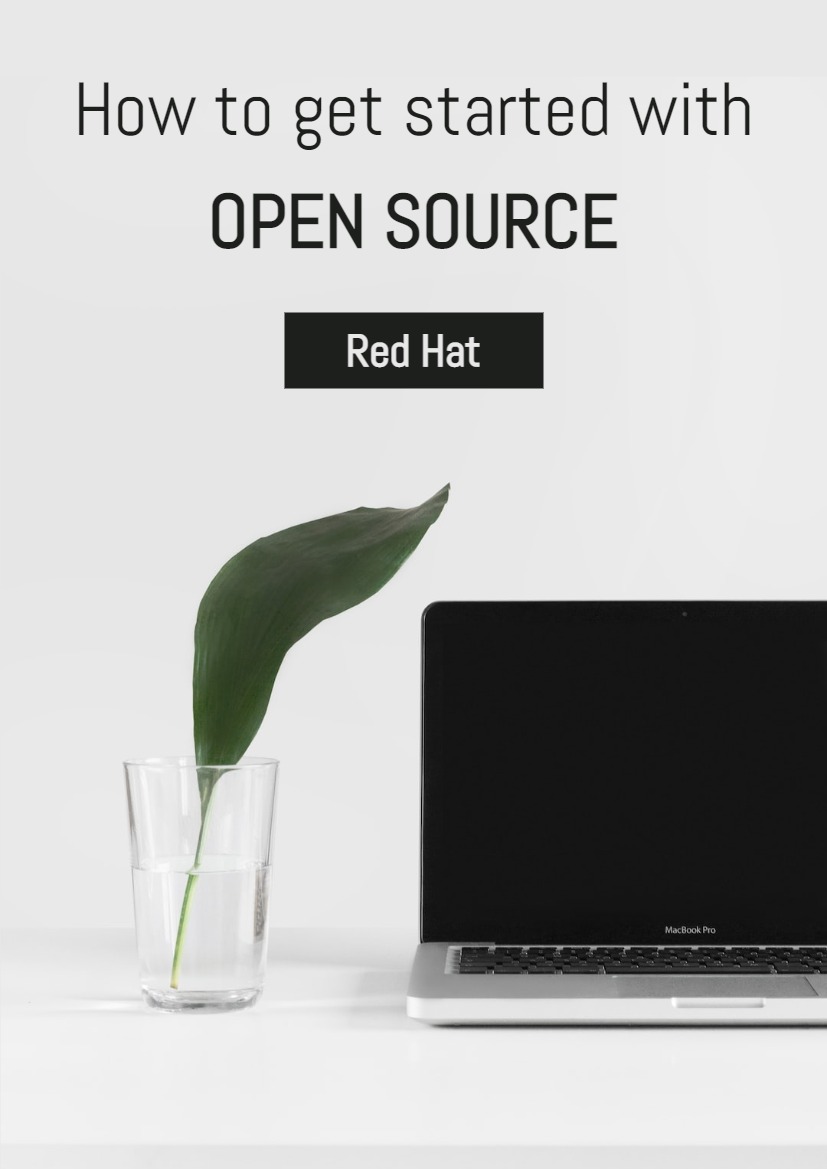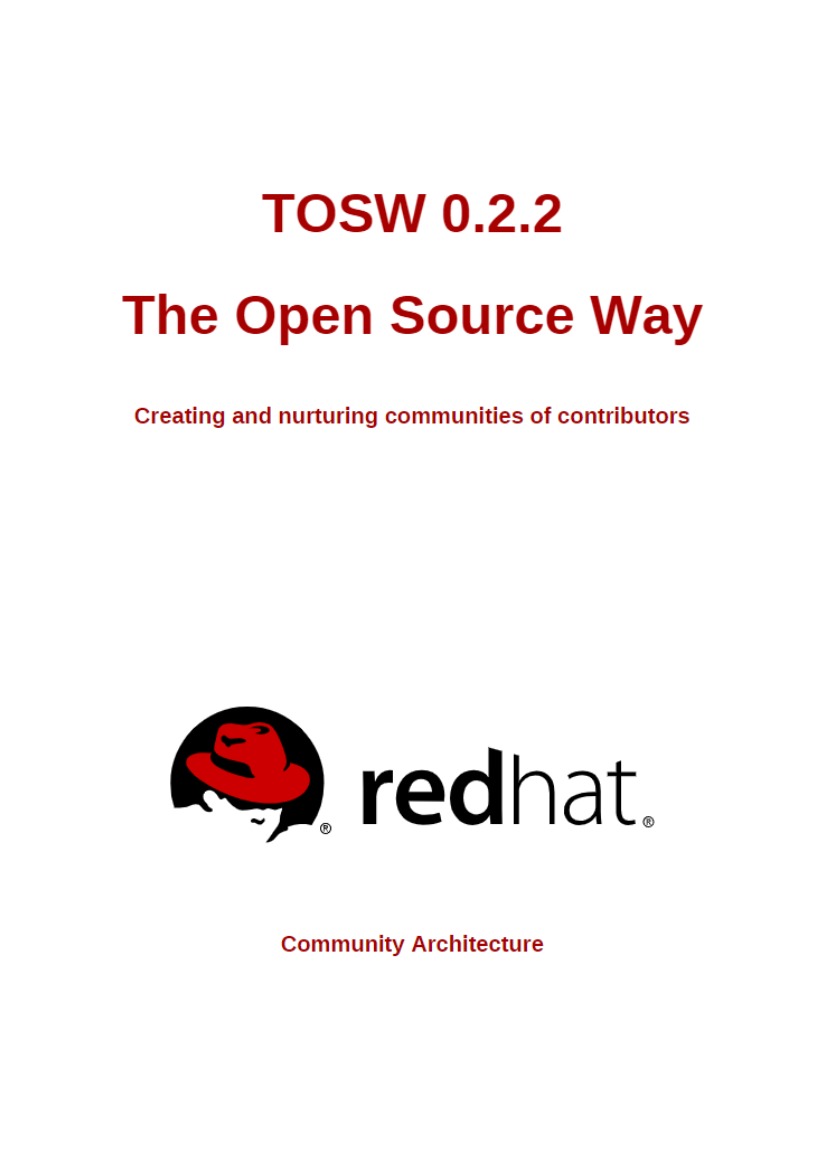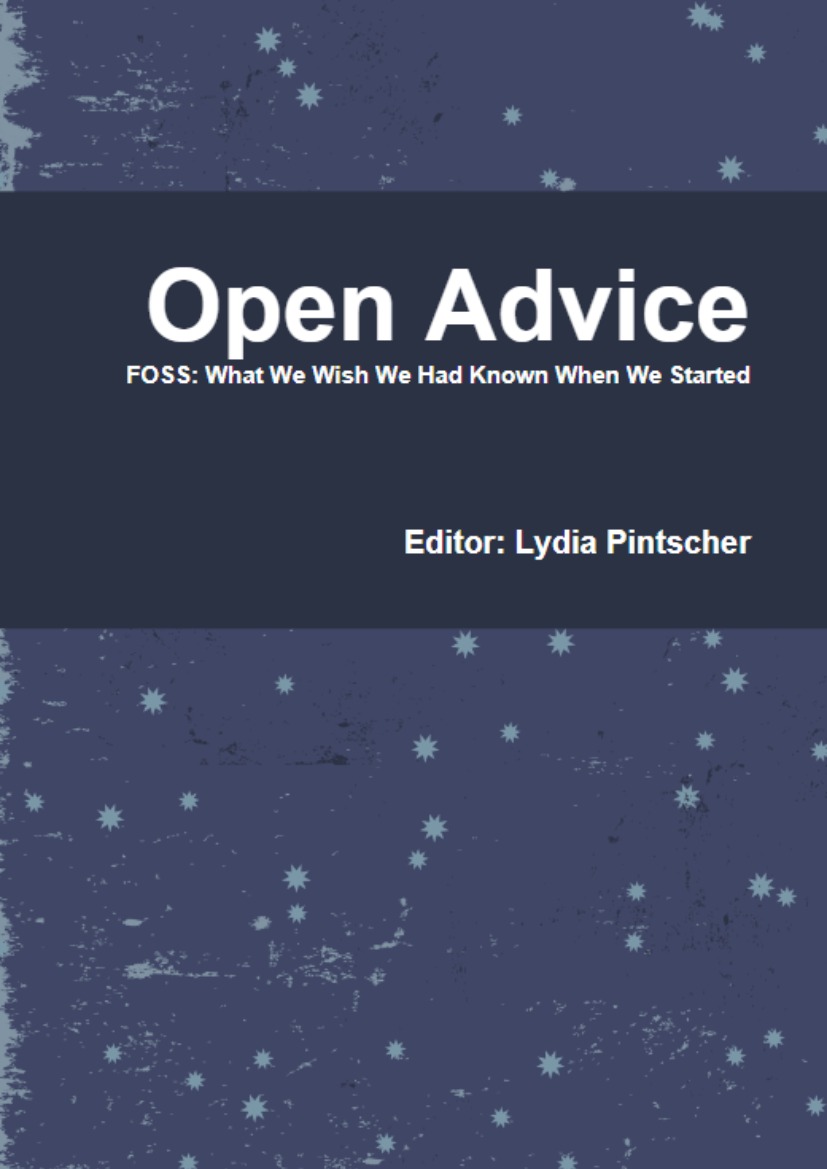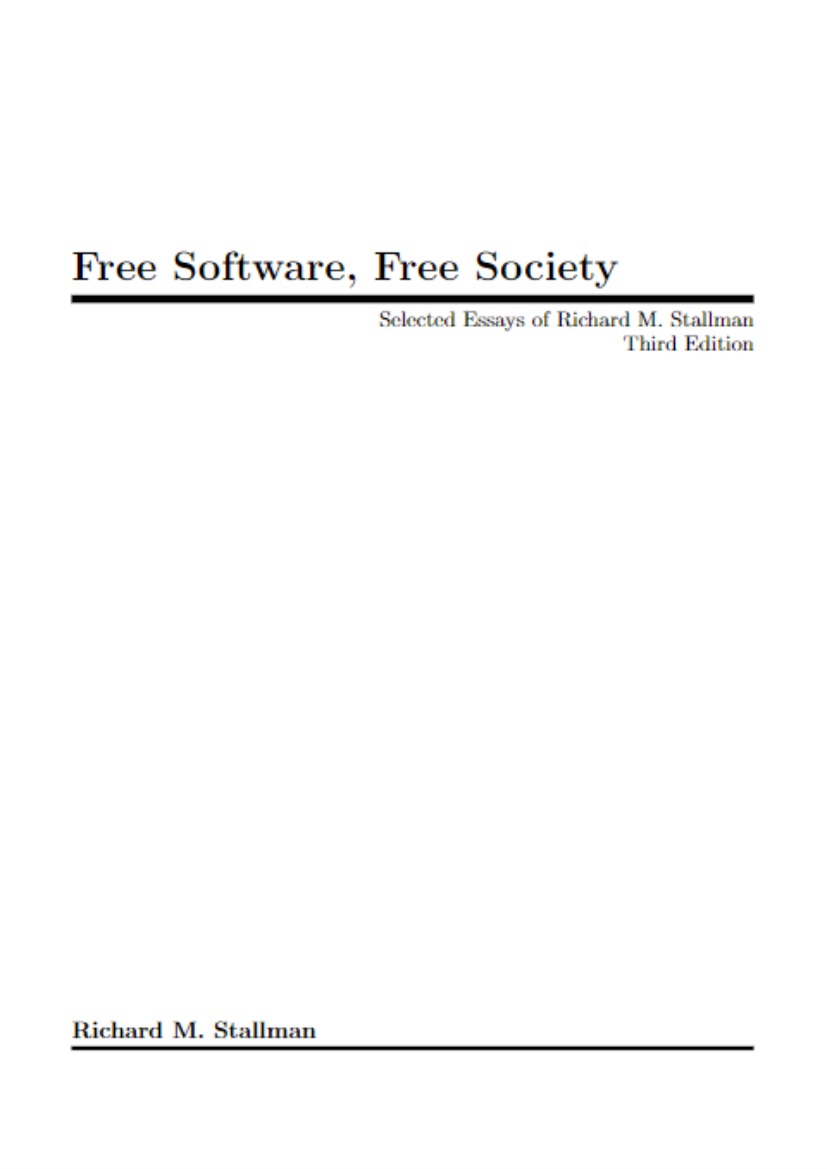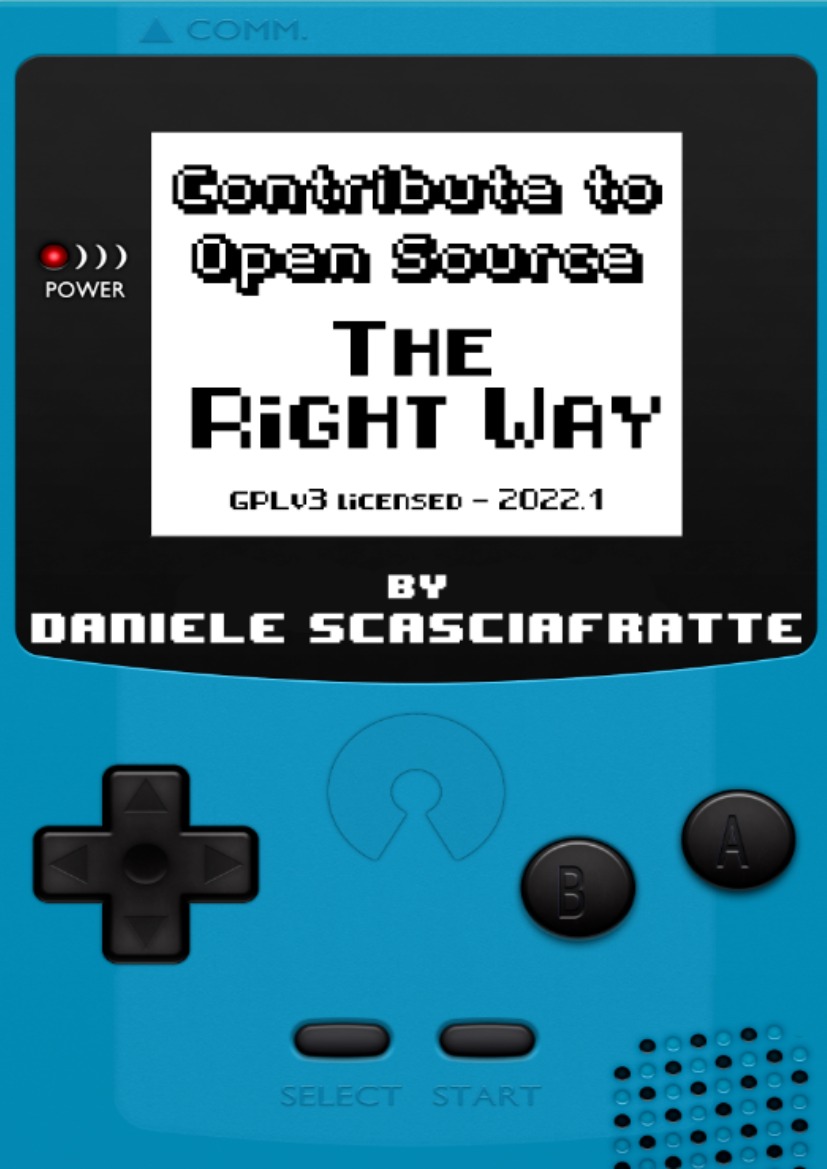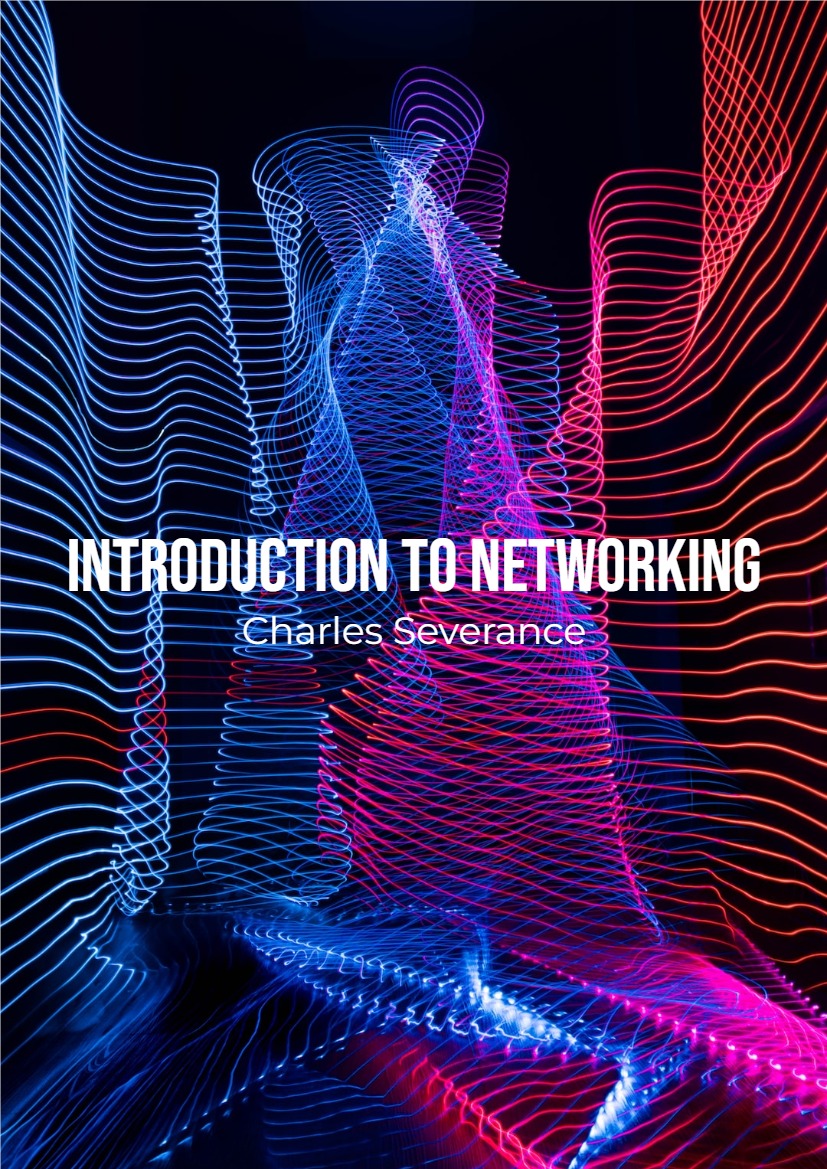Chapter 1 – For Want of a Printer
I fear the Greeks. Even when they bring gifts. – Virgil, The Aeneid
The new printer was jammed, again. Richard M. Stallman, a staff software programmer at the Massachusetts Institute of Technology’s Artificial Intelligence Laboratory (AI Lab), discovered the malfunction the hard way. An hour after sending off a 50-page file to the office laser printer, Stallman, 27, broke off a productive work session to retrieve his documents. Upon arrival, he found only four pages in the printer’s tray. To make matters even more frustrating, the four pages belonged to another user, meaning that Stallman’s print job and the unfinished portion of somebody else’s print job were still trapped somewhere within the electrical plumbing of the lab’s computer network.
Waiting for machines is an occupational hazard when you’re a software programmer, so Stallman took his frustration with a grain of salt. Still, the difference between waiting for a machine and waiting on a machine is a sizable one. It wasn’t the first time he’d been forced to stand over the printer, watching pages print out one by one. As a person who spent the bulk of his days and nights improving the efficiency of machines and the software programs that controlled them, Stallman felt a natural urge to open up the machine, look at the guts, and seek out the root of the problem.
Unfortunately, Stallman’s skills as a computer programmer did not extend to the mechanical-engineering realm. As freshly printed documents poured out of the machine, Stallman had a chance to reflect on other ways to circumvent the printing jam problem.
How long ago had it been that the staff members at the AI Lab had welcomed the new printer with open arms? Stallman wondered. The machine had been a donation from the Xerox Corporation. A cutting edge prototype, it was a modified version of a fast Xerox photocopier. Only instead of making copies, it relied on software data piped in over a computer network to turn that data into professional-looking documents. Created by engineers at the world-famous Xerox Palo Alto Research Facility, it was, quite simply, an early taste of the desktop- printing revolution that would seize the rest of the computing industry by the end of the decade.
Driven by an instinctual urge to play with the best new equipment, programmers at the AI Lab promptly integrated the new machine into the lab’s sophisticated computing infrastructure. The results had been immediately pleasing. Unlike the lab’s old printer, the new Xerox machine was fast. Pages came flying out at a rate of one per second, turning a 20-minute print job into a 2-minute print job. The new machine was also more precise. Circles came out looking like circles, not ovals. Straight lines came out looking like straight lines, not low-amplitude sine waves.
It was, for all intents and purposes, a gift too good to refuse. Once the machine was in use, its flaws began to surface. Chief among the drawbacks was the machine’s susceptibility to paper jams. Engineering-minded programmers quickly understood the reason behind the flaw. As a photocopier, the machine generally required the direct oversight of a human operator. Figuring that these human operators would always be on hand to fix a paper jam, if it occurred, Xerox engineers had devoted their time and energies to eliminating other pesky problems. In engineering terms, user diligence was built into the system.
In modifying the machine for printer use, Xerox engineers had changed the user-machine relationship in a subtle but profound way. Instead of making the machine subservient to an individual human operator, they made it subservient to an entire networked population of human operators. Instead of standing directly over the machine, a human user on one end of the network sent his print command through an extended bucket brigade of machines, expecting the desired content to arrive at the targeted destination and in proper form. It wasn’t until he finally went to check up on the final output that he realized how little of it had really been printed.
